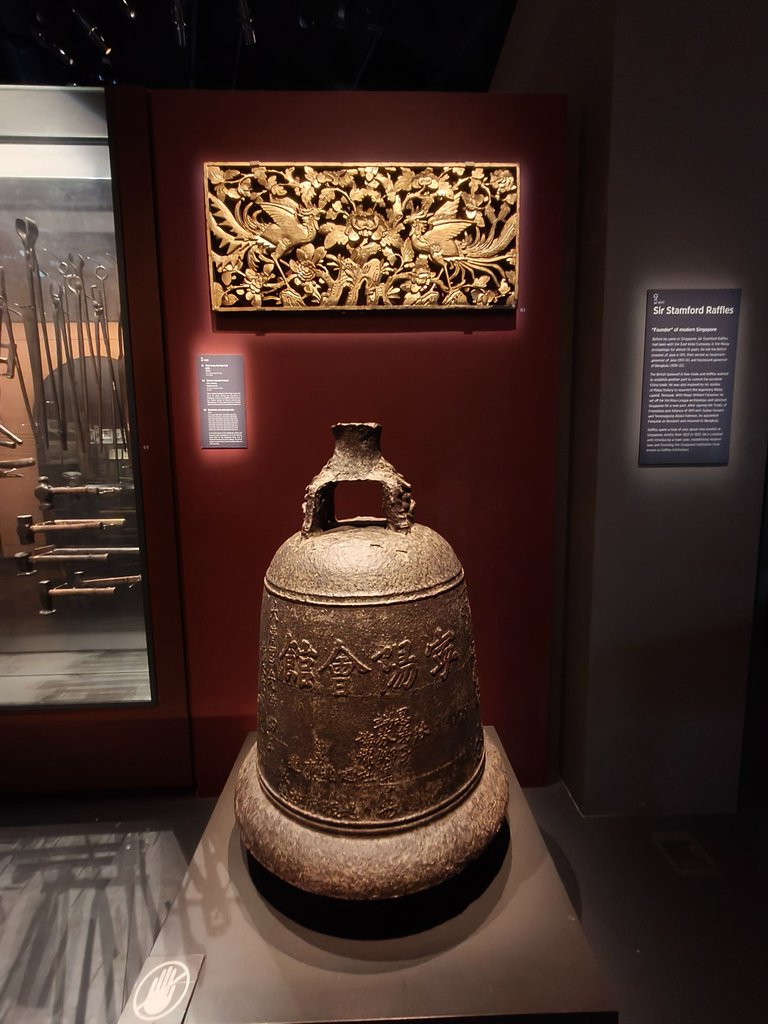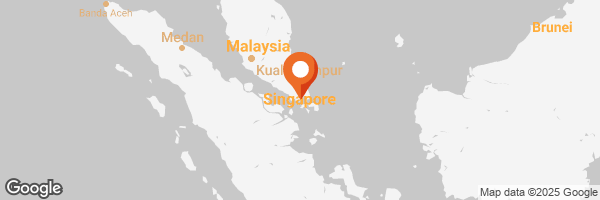This post is long overdue, as my visit to the Singapore History Gallery happened about two weeks ago during the Lunar New Year holidays. I went to the National Museum of Singapore, and the timing couldn’t have been better. The museum was offering free admission to its ticketed galleries that day, making it the perfect opportunity to explore.
During the holiday, many commercial shops and restaurants were closed, but to my surprise, the National Museum was hosting an open house. I figured it was a great time to check out the exhibits.
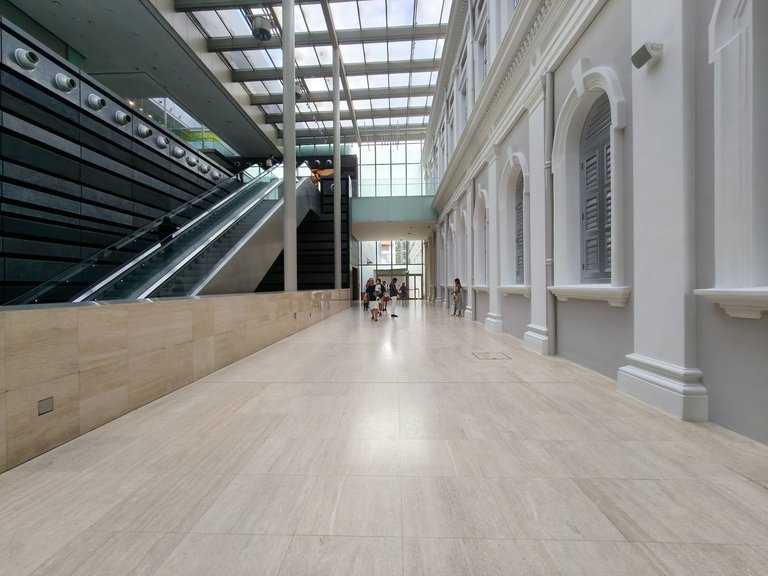
That day, two galleries were open, one of which focused on the history of modern Singapore.
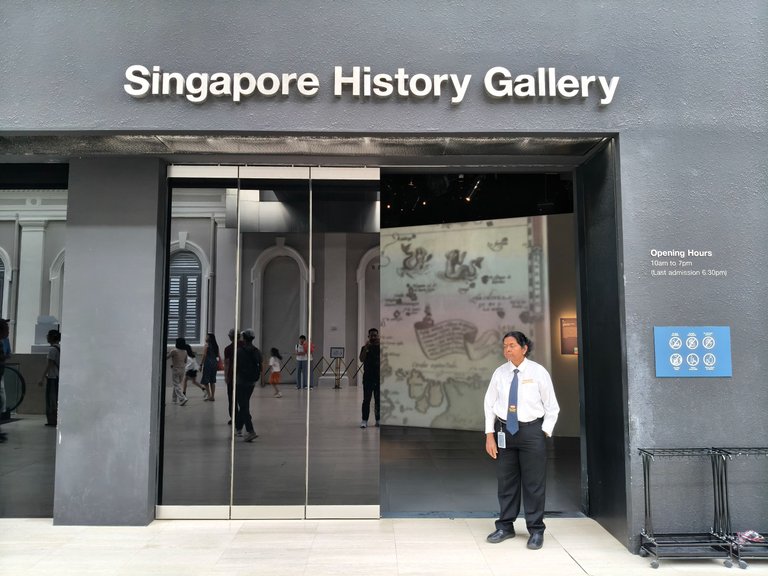
In the gallery, the displays are arranged in a chronological sequence, beginning with the arrival of British statesman Stamford Raffles and the establishment of a trading port in the 1800s.

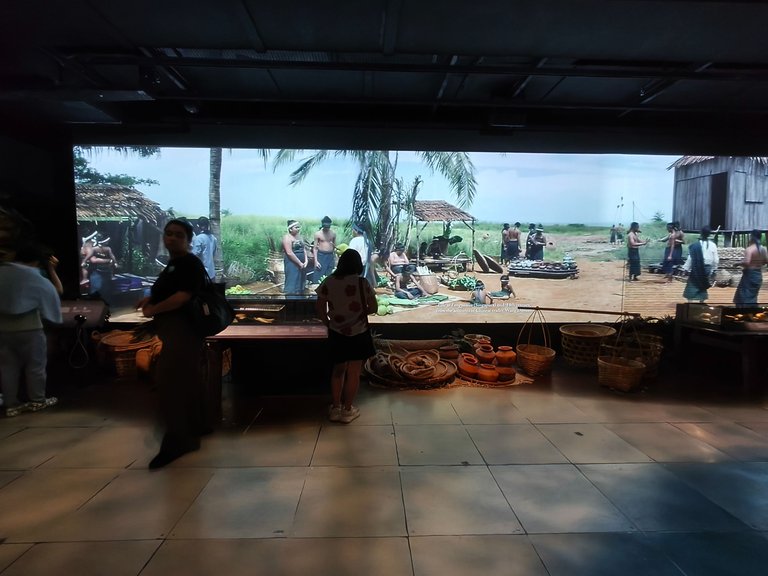
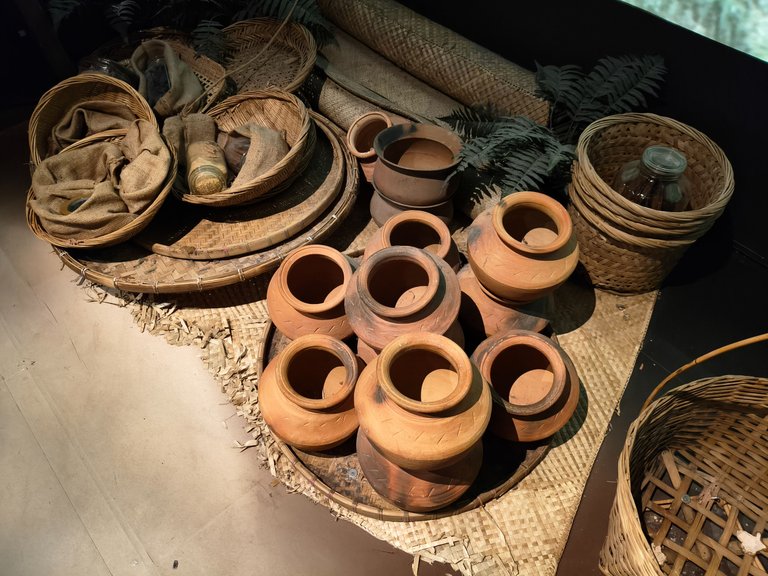
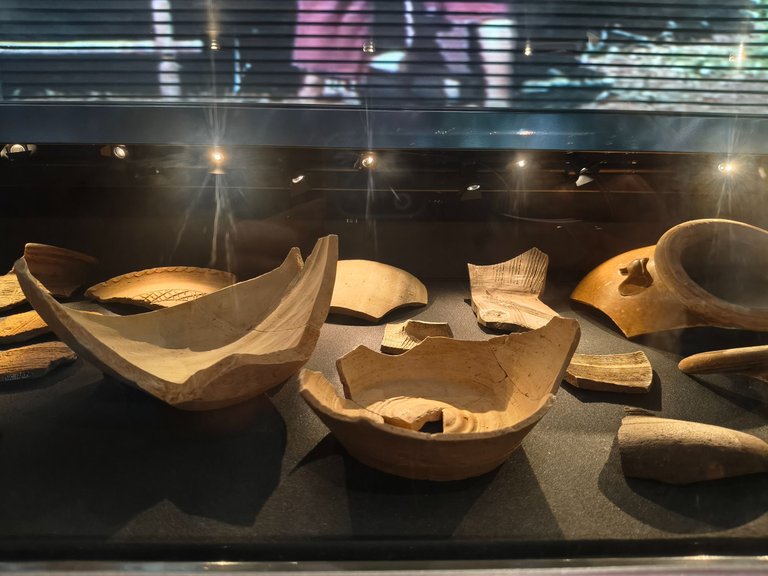
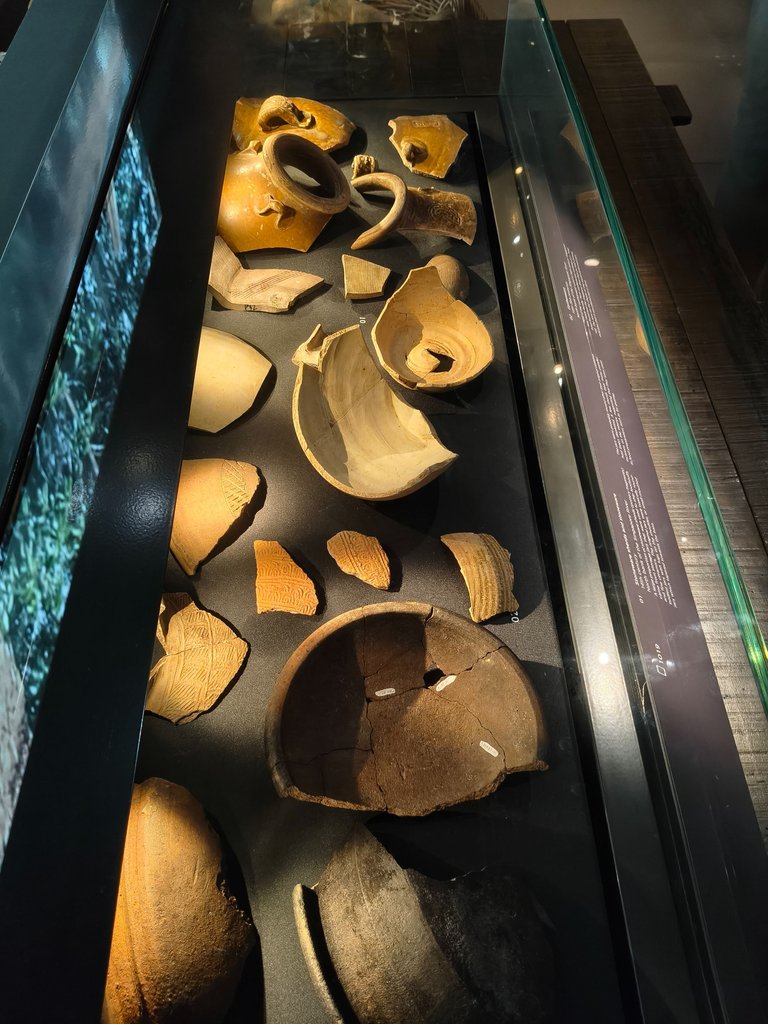
There are plenty of artifacts on display, including pottery from Chinese traders.
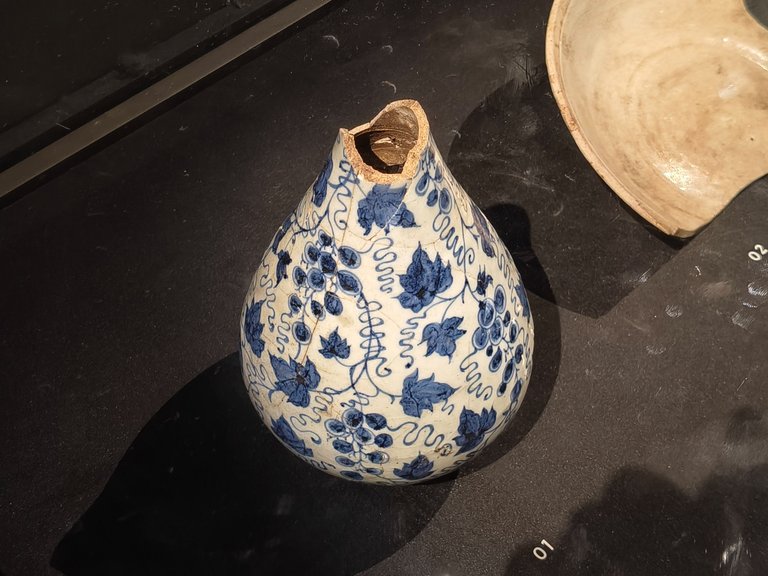
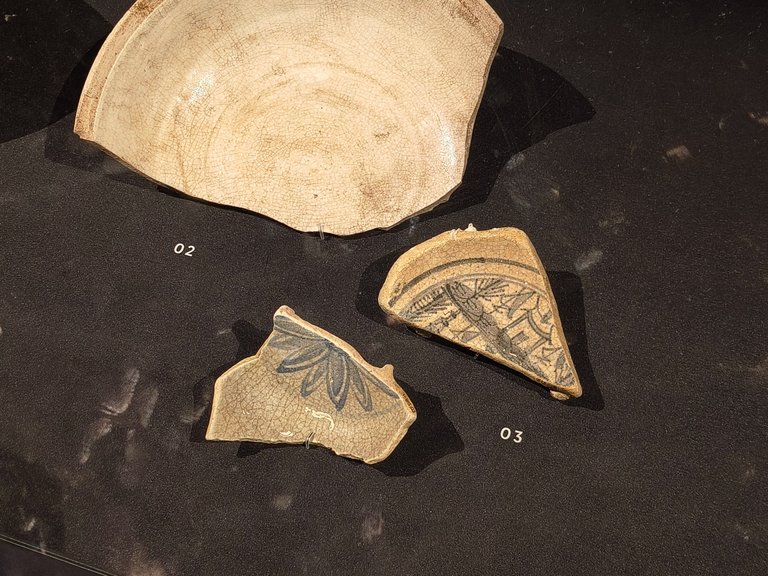
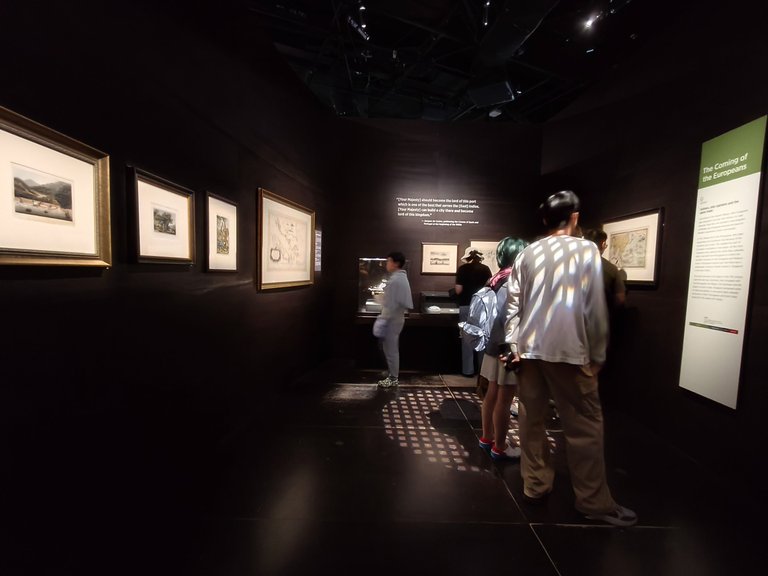
Another remarkable artifact I saw in the earlier section of the gallery was the George IV oval tureen and cover, made of silver. The craftsmanship is superb, a testament to artistry that continues to be admired even in this day and age.
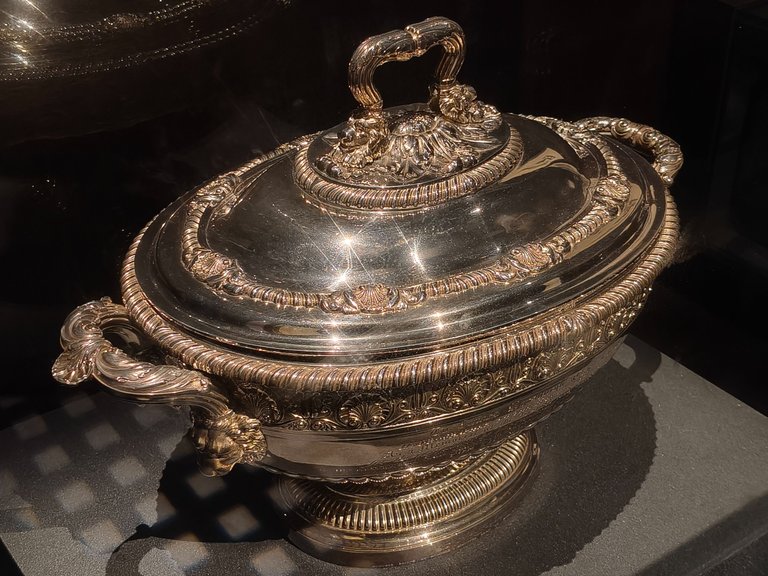
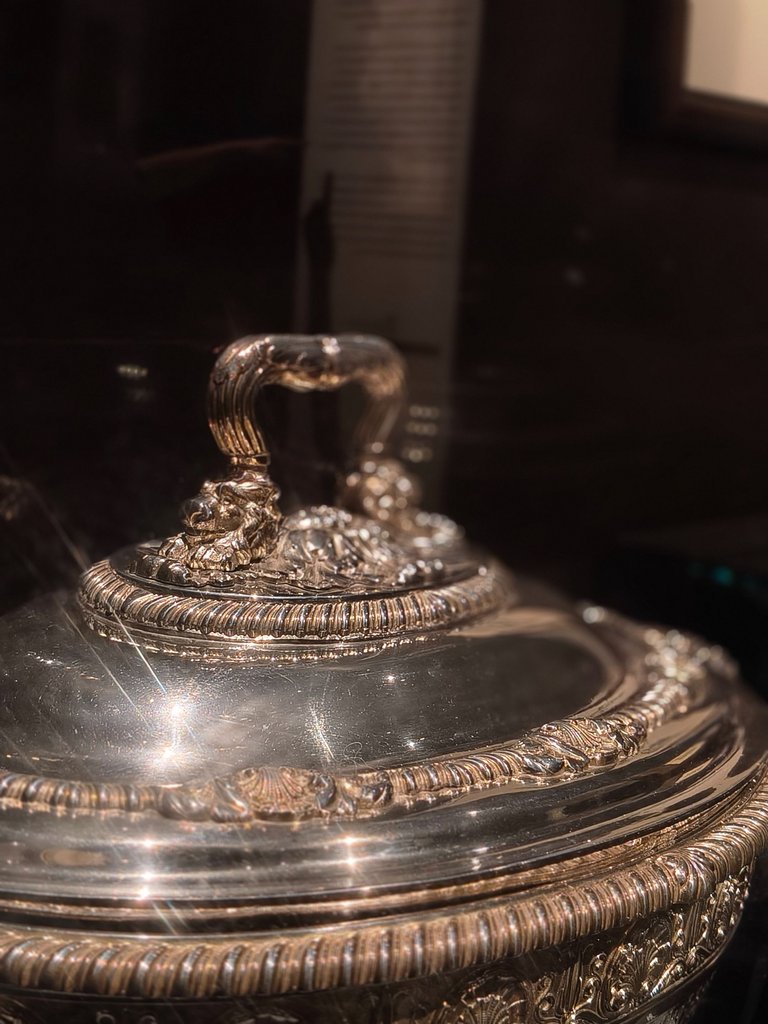
Development has come a long way since the establishment of the trading port. Aside from goods brought by traders, indigenous products were also featured in the displays.
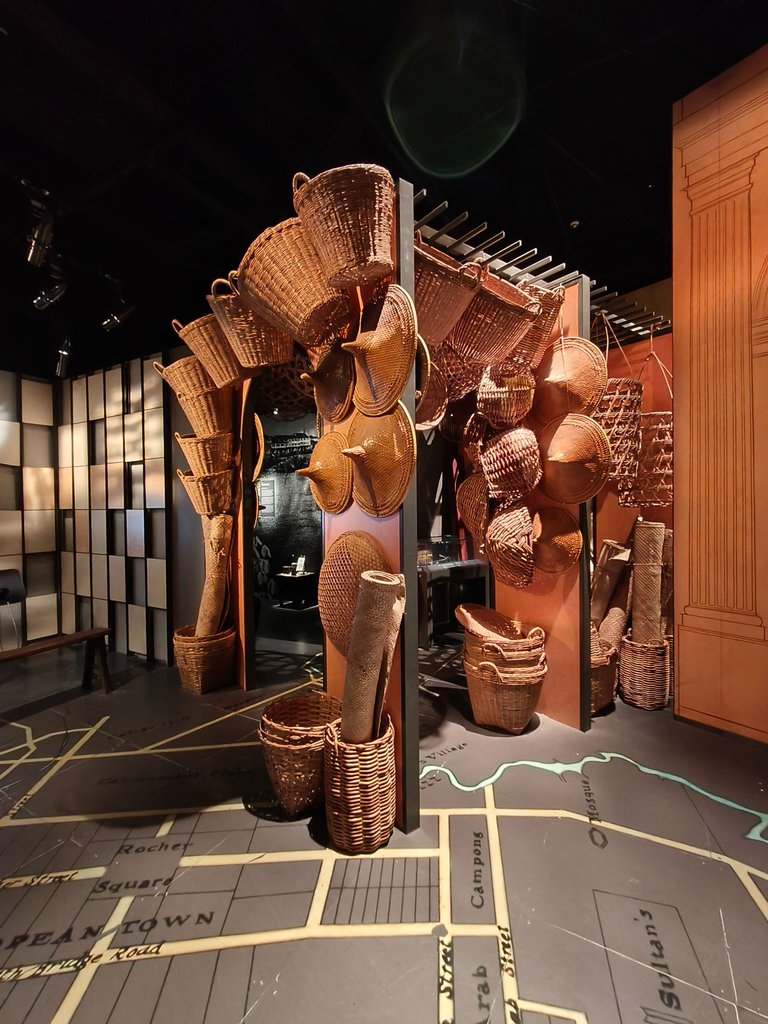
It's interesting that the shophouses from back then still look similar to those preserved today. It feels as if the past buildings have been frozen in time.
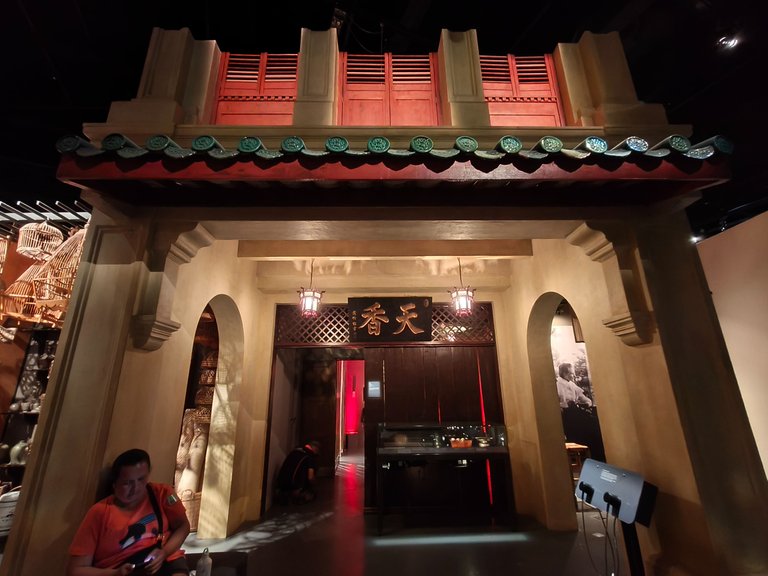
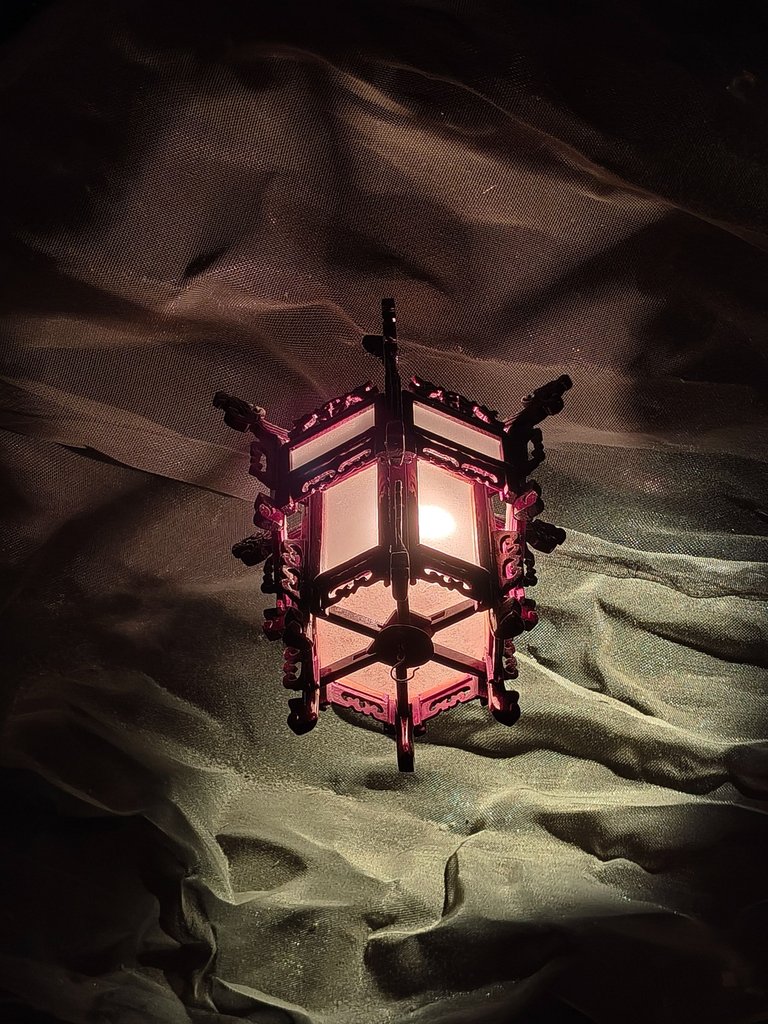
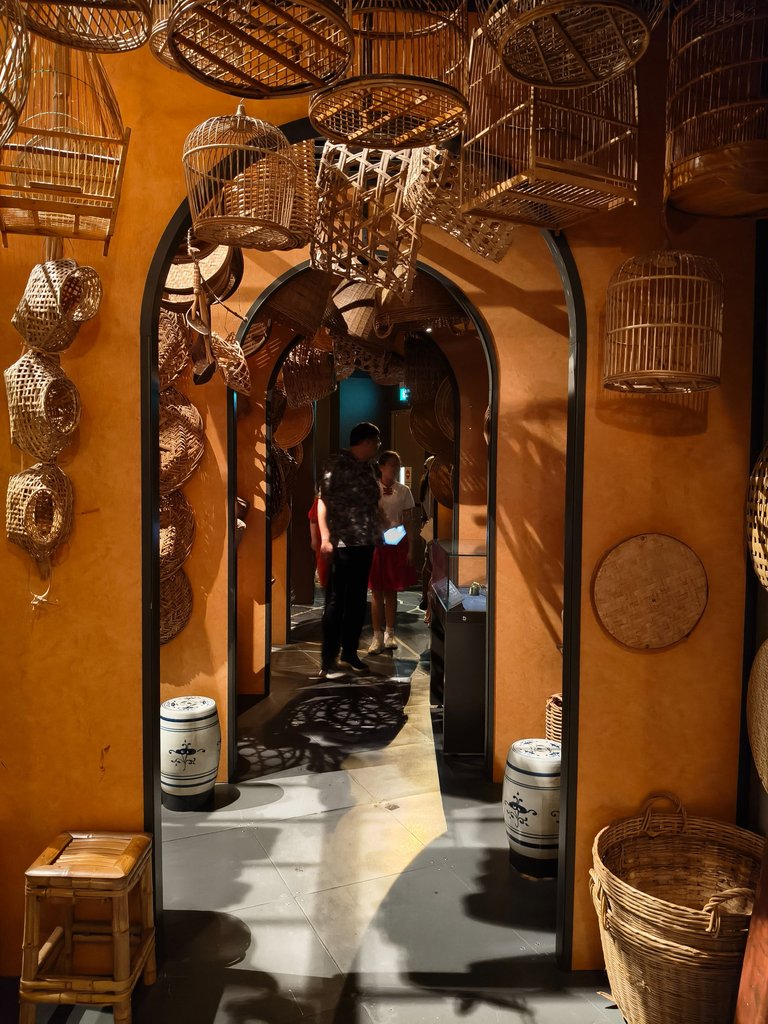
Probably the most recognizable human-drawn "chariot" of the 1800s was the rickshaw!
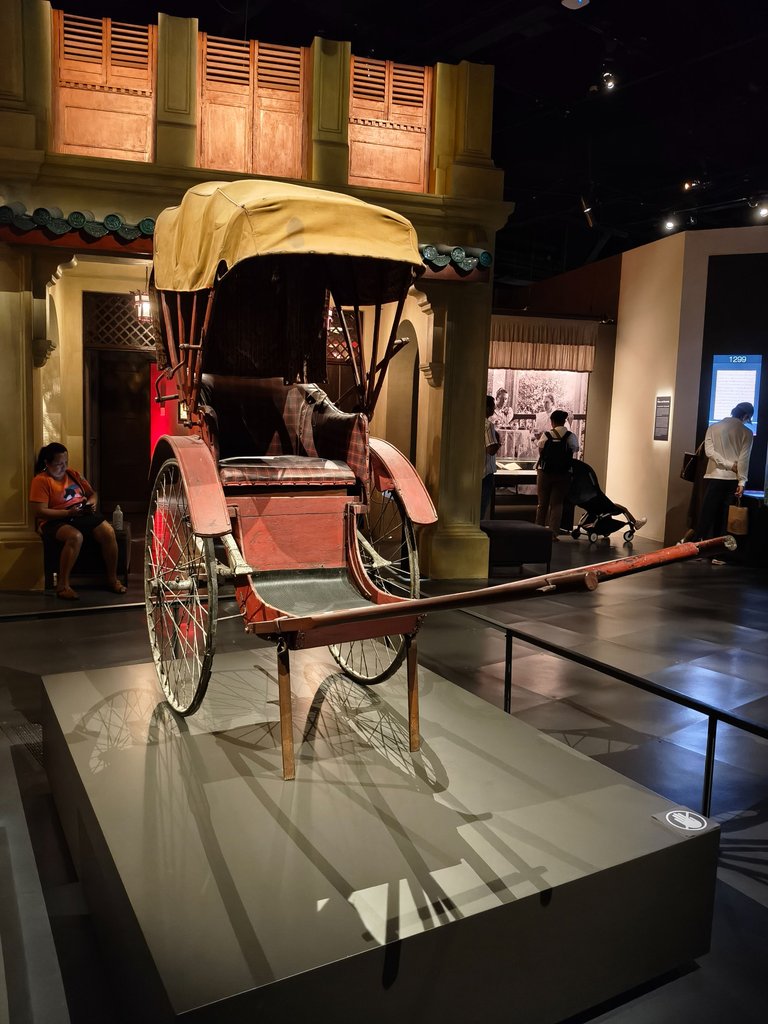
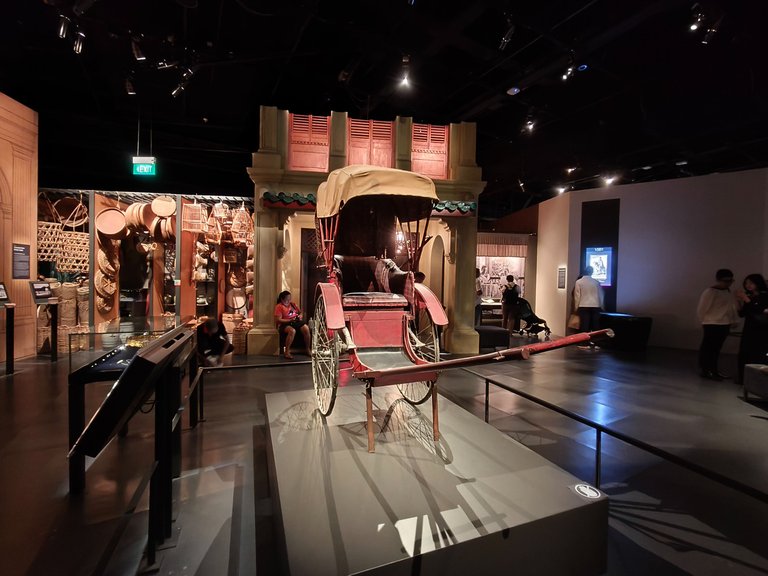
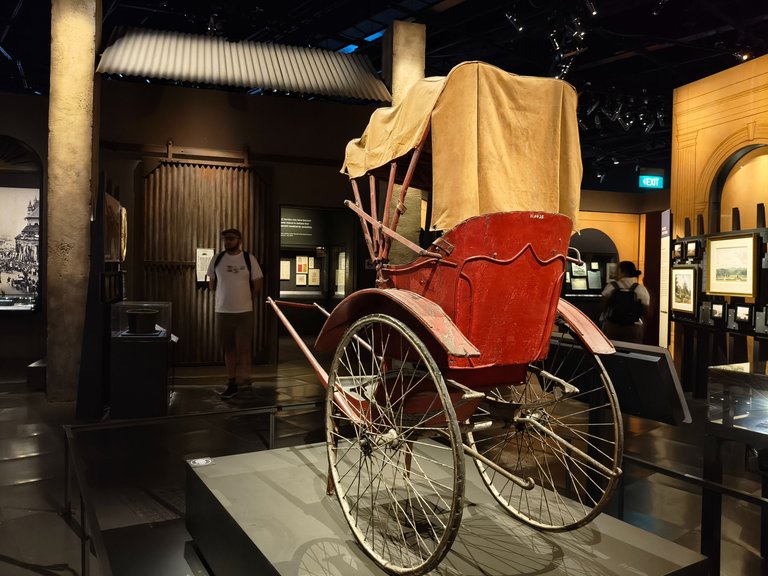
Among the displays, I spent quite some time admiring the incredible craftsmanship of the jewelry from that era. The designs are so elaborate that even with today's machinery, replicating them remains a challenge.
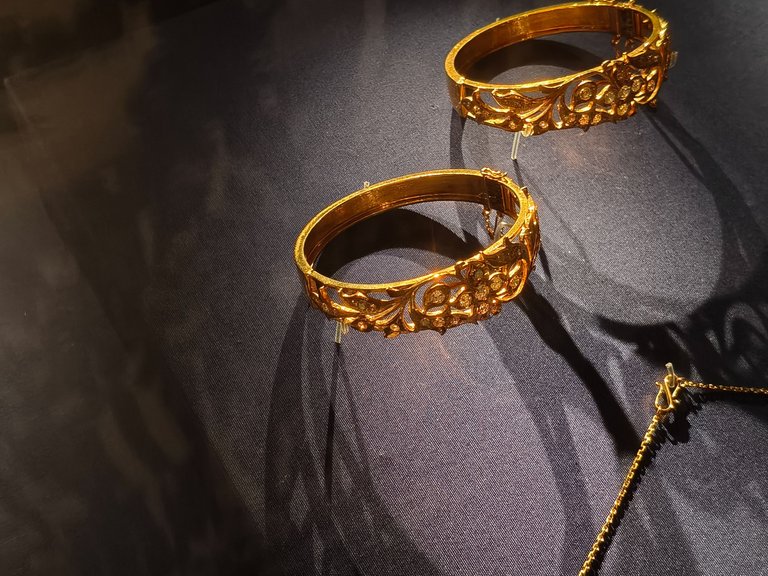
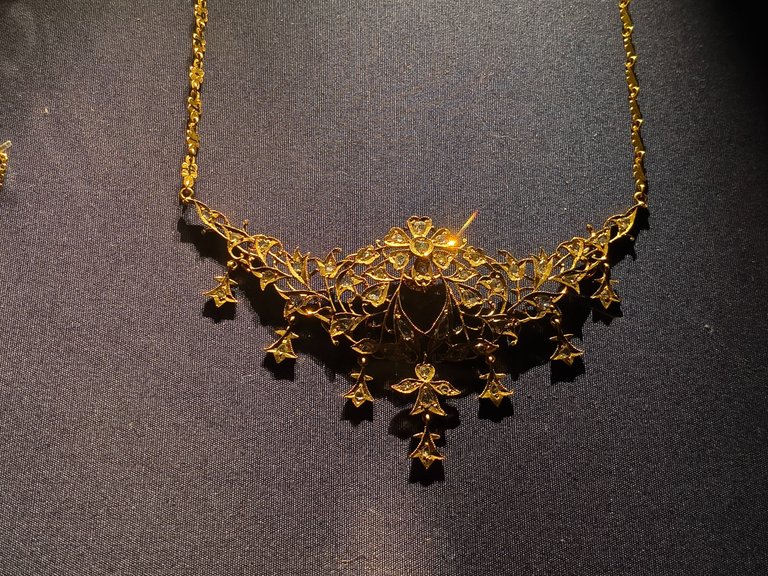
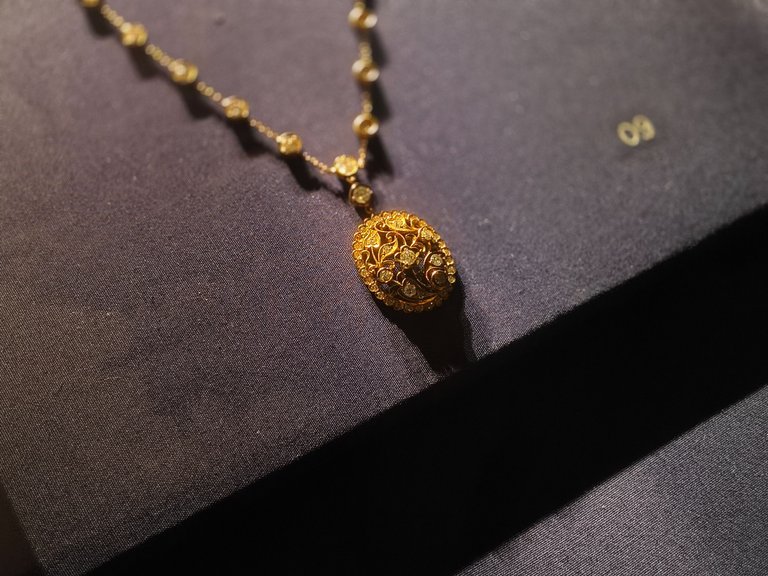
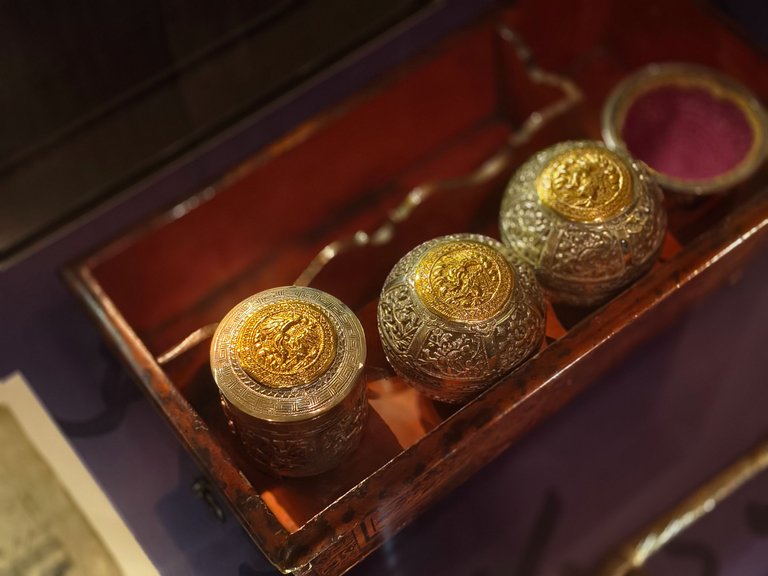
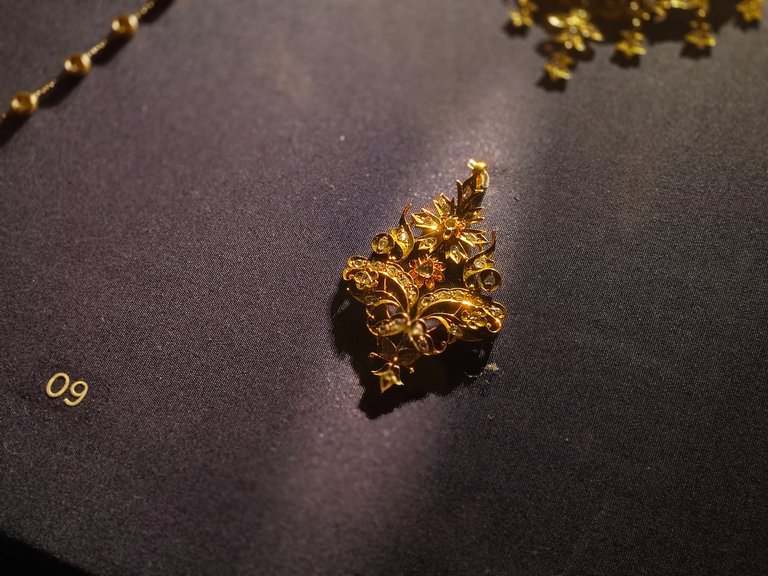
Just like its neighboring countries in Southeast Asia, Singapore was also affected by World War II. This period in history saw the development of forts and the strengthening of the military for defense.
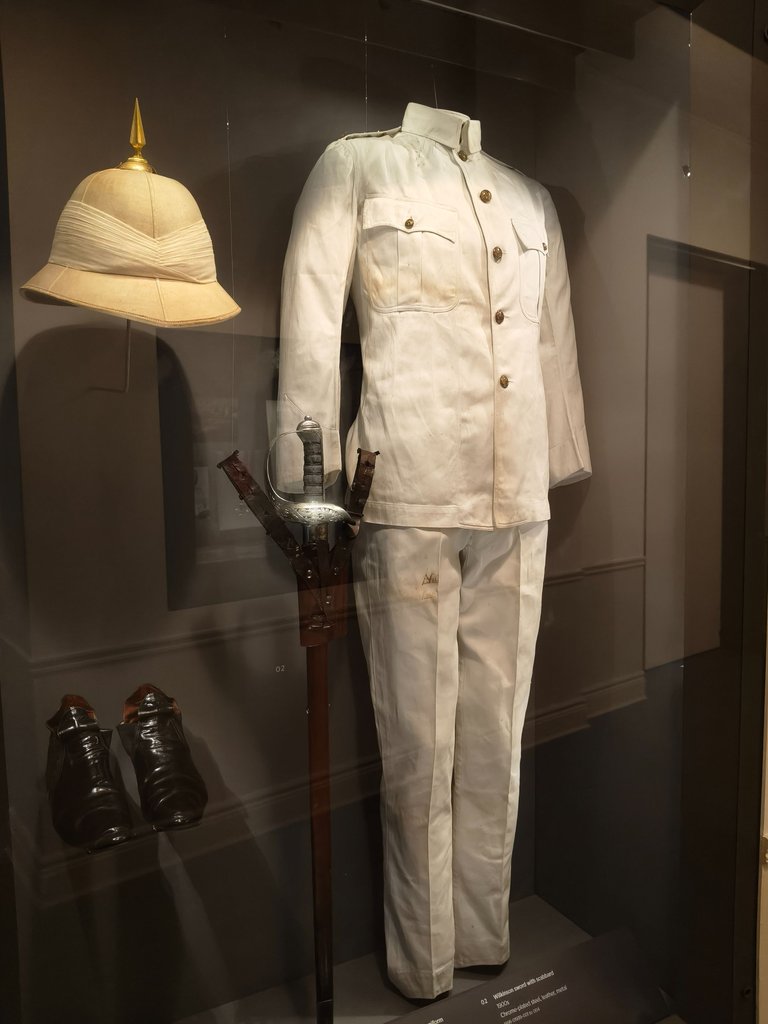
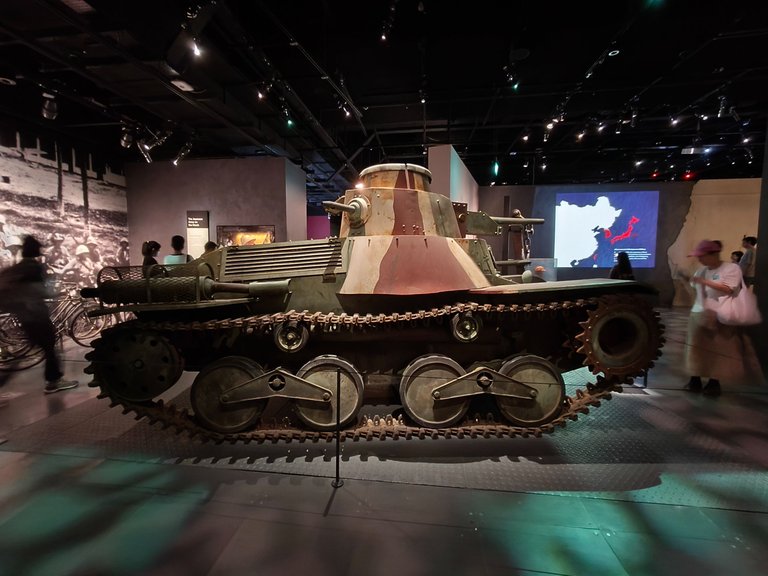
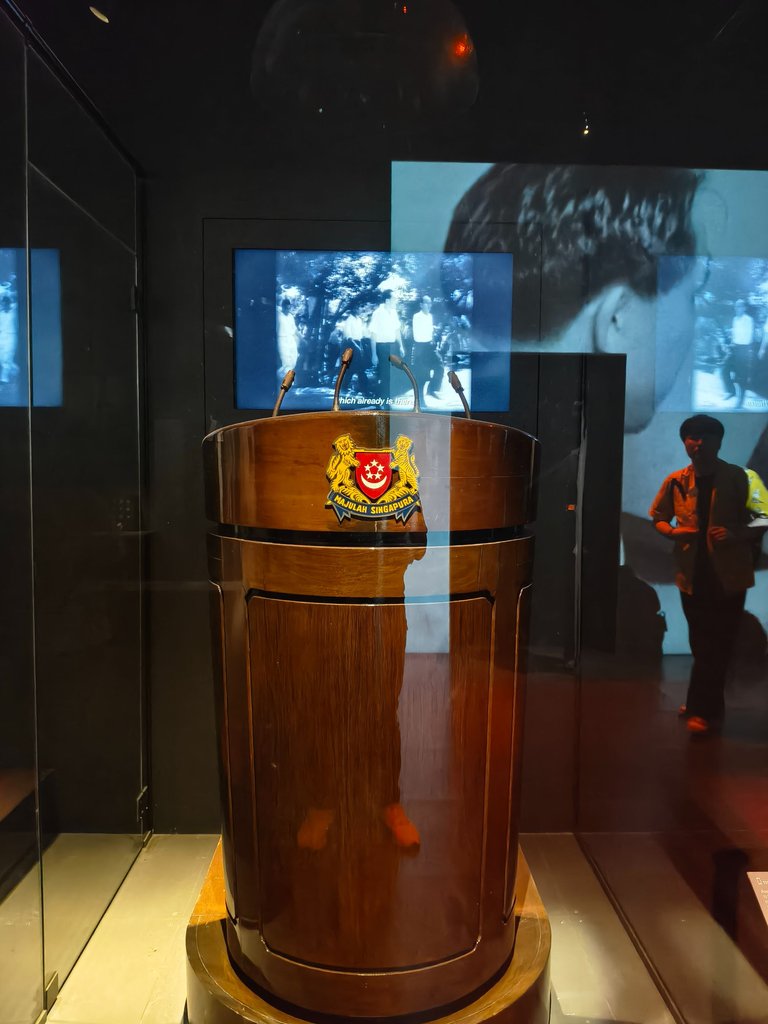
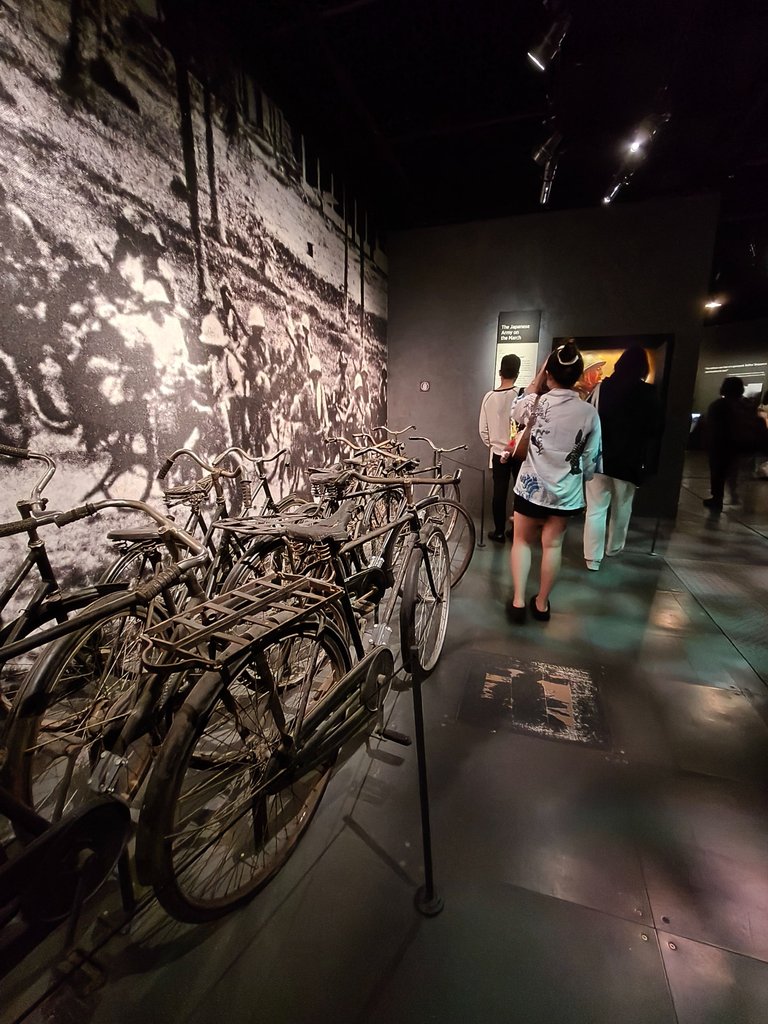
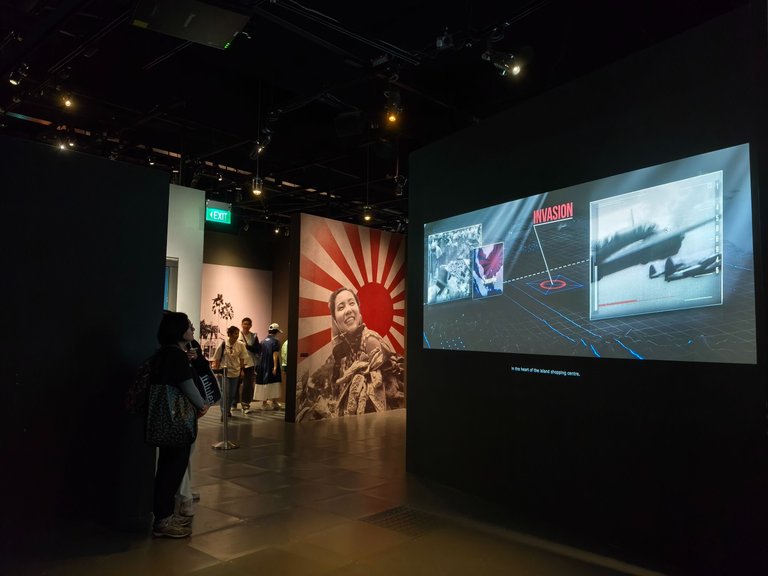
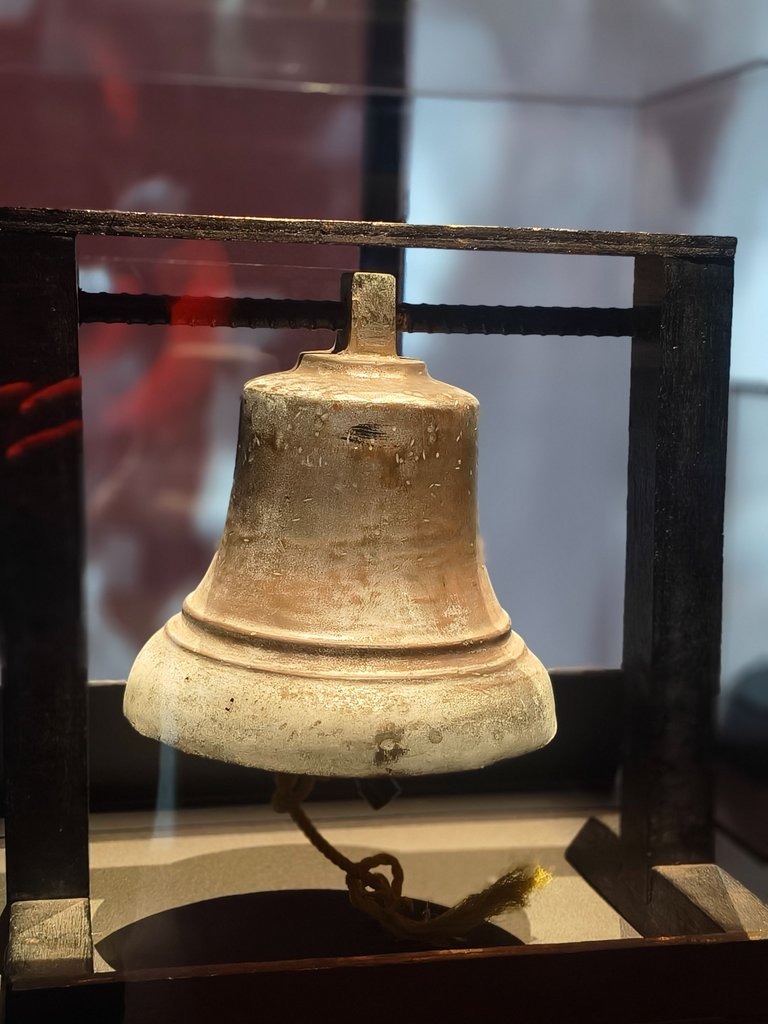
Then came the Industrial Revolution, a pivotal phase in history when the country began focusing on industrialization and creating more jobs for the people.
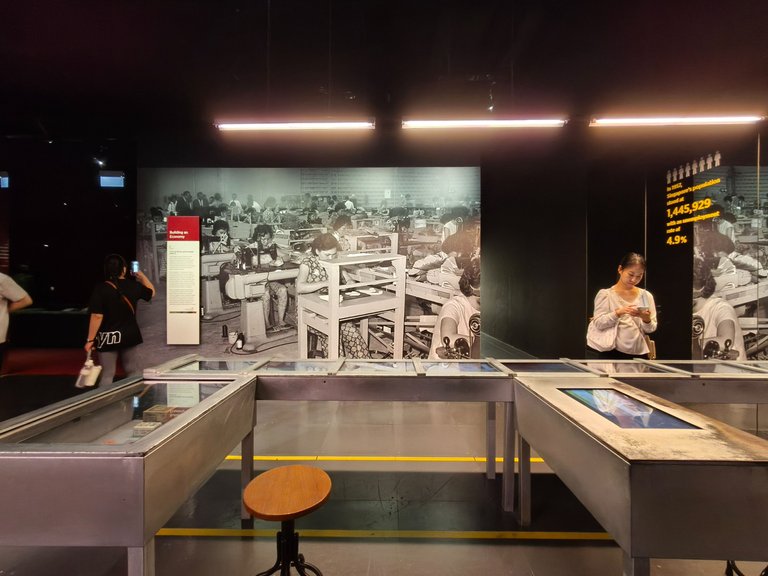
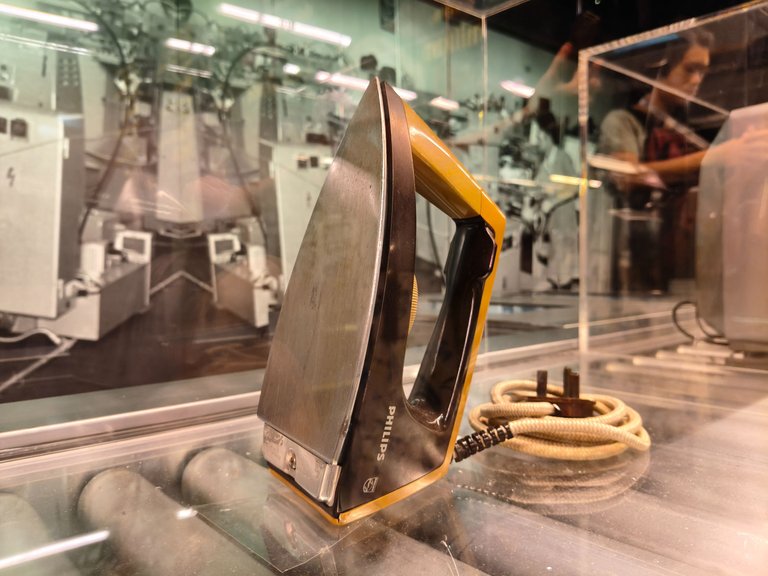
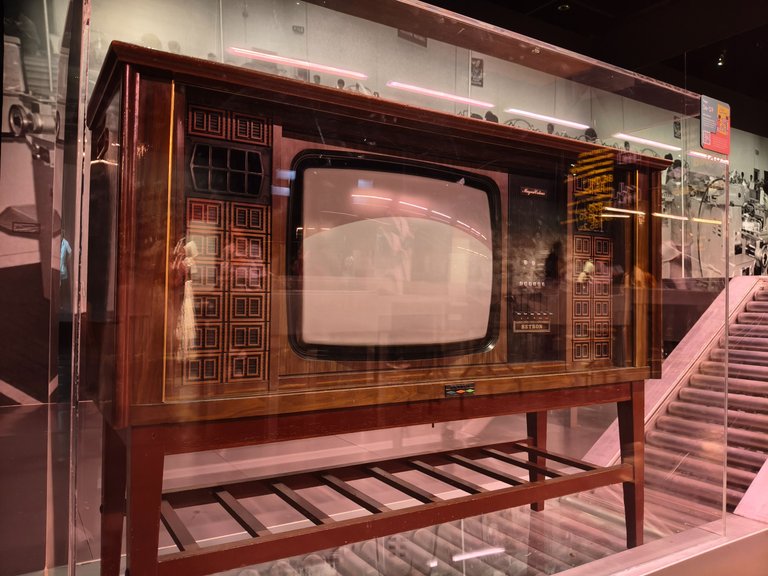
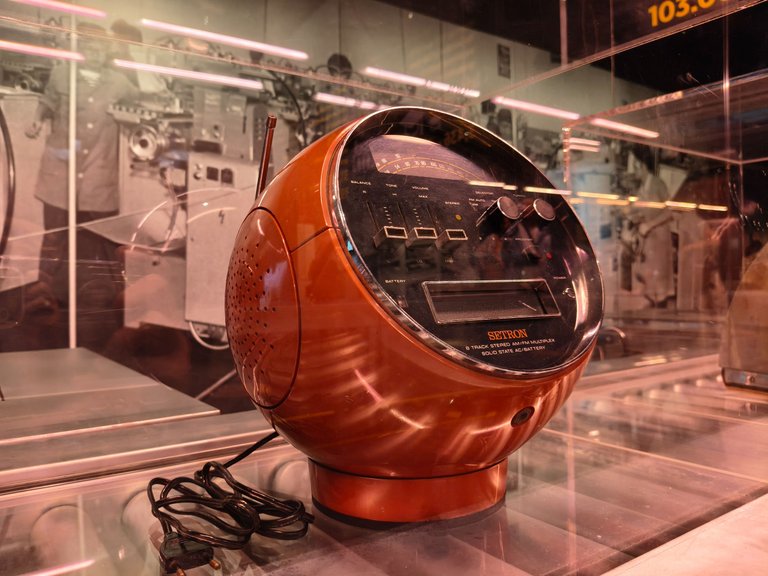
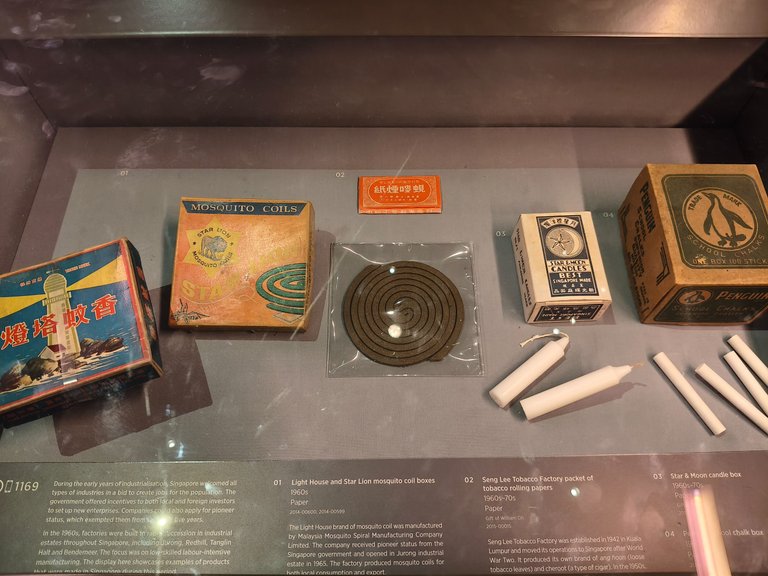
As industrialization improved the economy, the living standards of the people also rose. This led to the rise of apartment buildings known as HDBs in modern times. Homes transitioned from traditional designs to those meeting international standards.
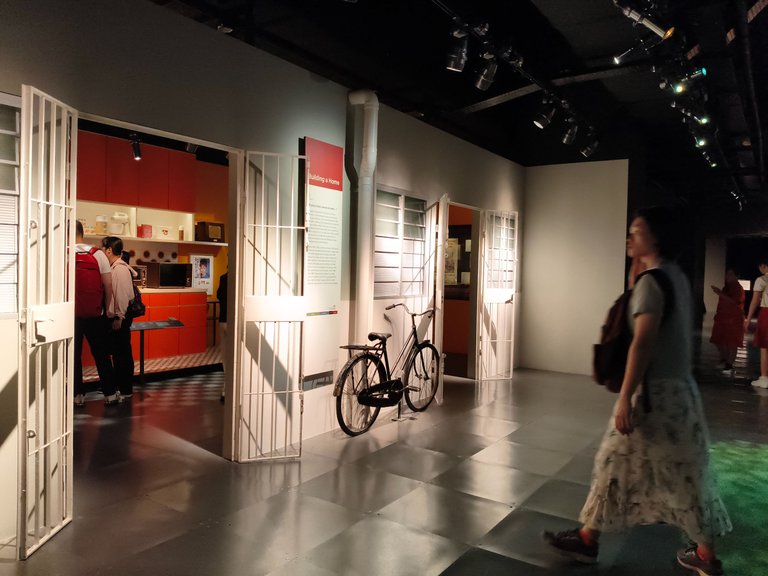

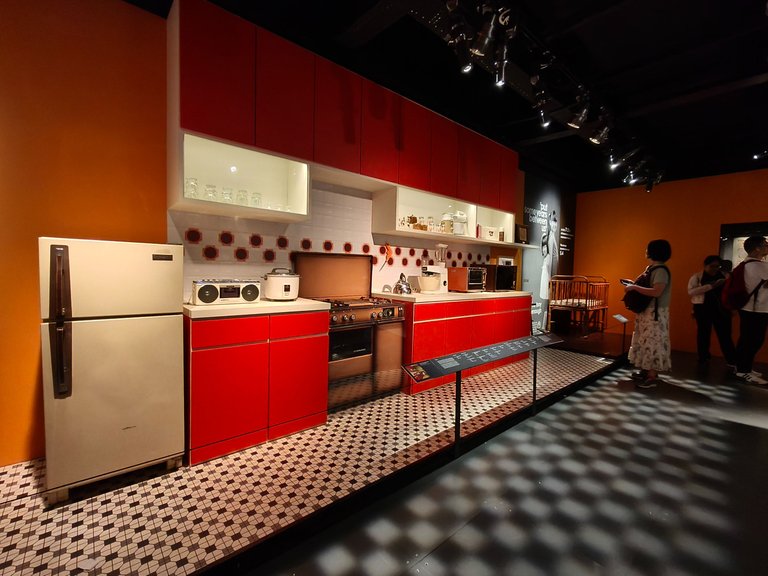
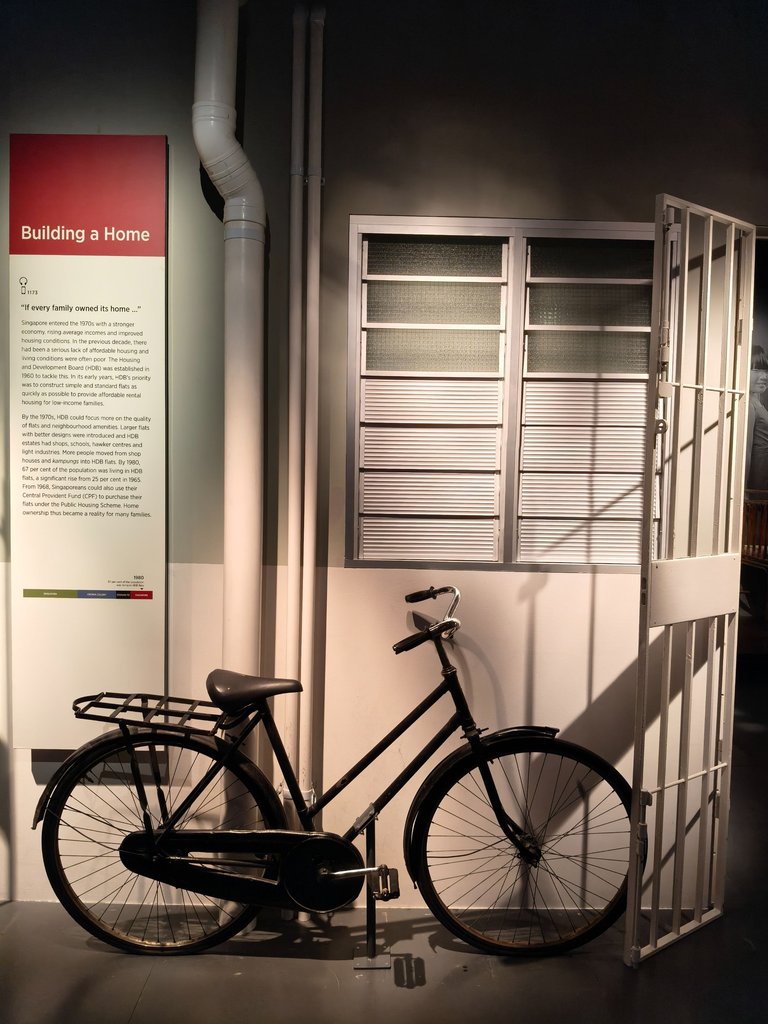
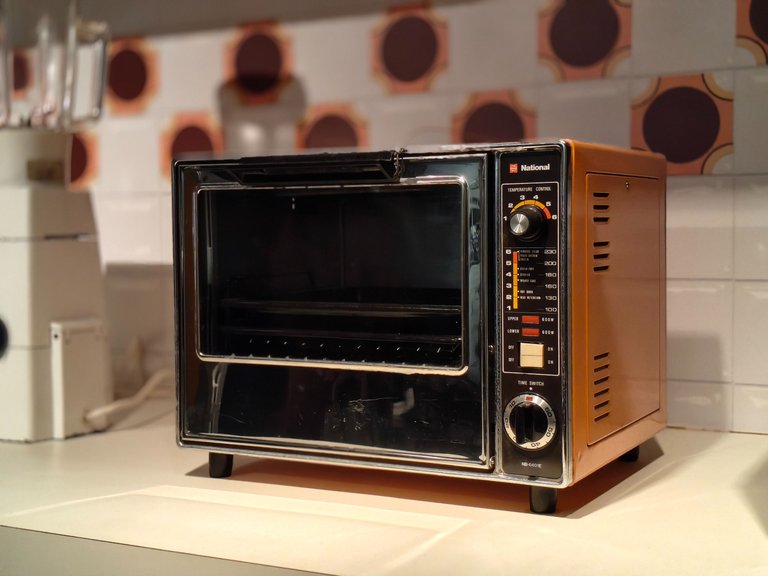
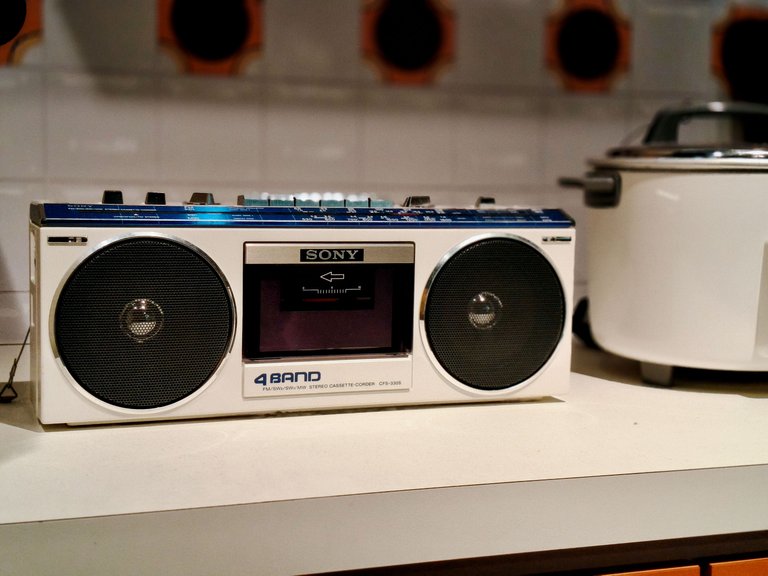
The Singapore History Gallery offers a fascinating journey through the country's transformation, from its early trading days to modern industrialization. Each artifact and exhibit provides a glimpse into the struggles and progress that shaped Singapore into what it is today. Visiting the gallery was both an educational and eye-opening experience, deepening my appreciation for the nation's rich history.
